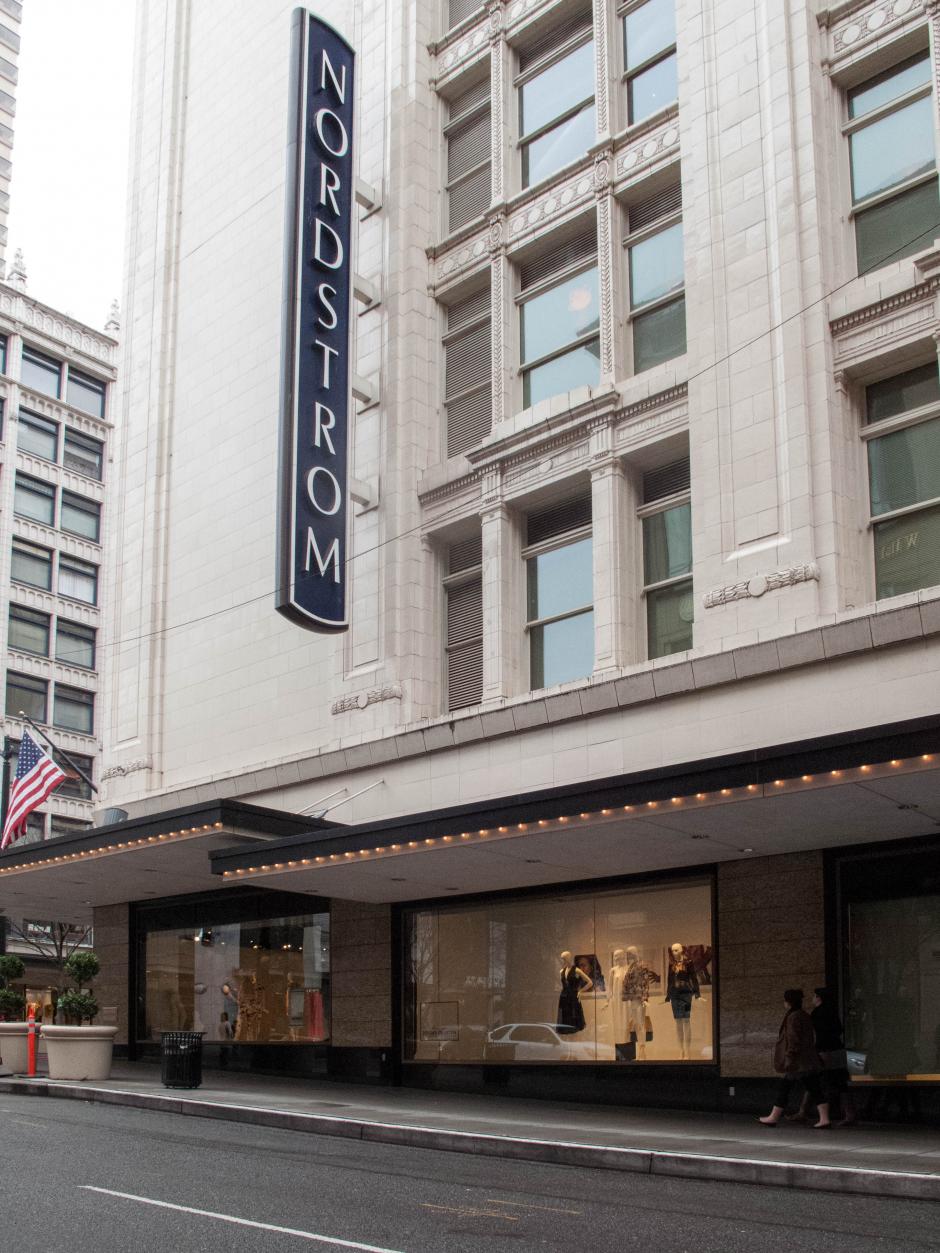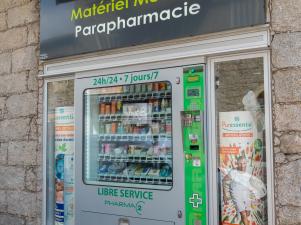Click & Collect
After years of trying to drive customers to their e-commerce sites, retailers like Sears, Nordstrom and Wal-Mart have all instituted programs that let you order an item online and then pick it up at a brick-and-mortar location.
This strategy to get shoppers to set foot in their stores and breaches the divide between e-commerce and real world sales as competition grows from Amazon and other online retailers. The convenience, for both consumers and retailers assists in streamlining inventory because many stores had previously offered different selections online than in store. In a world where shoppers are becoming accustomed to browsing digitally, it just makes sense to sync the Web and in-store experience.
Examples include:
- Wal-Mart announced last week that it would expand an old program with a new one called “Pick Up Today" from 2,000 items in less than a quarter of its stores to 40,000 items (by the fourth quarter), including baby items, toys, electronics, video games and appliances in an initiative expected to reach nationwide (3,600 stores) by June. When the order is ready, customers will receive a text message or e-mail alerting them when their orders are ready. Wal-Mart will now let consumers refill prescriptions and order photos via its mobile website.
- Nordstrom recently combined its inventory so that if the online stockroom is out of an item, a store that has it can ship it to the Web customer as part of their "Buy Online, Pick Up In Store" service offering.
- Best Buy, Ace Hardware, JC Penney and Sears are among the others offering “ship to store” programs.
By motivating customers to visit brick-and-mortar, the retailer increases the chances that they’ll pick up another item or two on the way to the checkout - increasing retailers UPT (units per transaction). "Click and Collect" services can also decrease labor costs, in addition to shipping, if employers tap in-store employees during down sales hours.





